On August 21st, Americans will be treated to a rare cosmic phenomenon: a total solar eclipse that can be seen from coast to coast. Even those outside the path of the total eclipse will experience a partial solar eclipse. Check out these maps from NASA to determine what kind of eclipse you can see at your school and what time the eclipse is expected to happen. It’s an event that hasn’t spanned the continent in almost 100 years, so take this opportunity to get your students involved!
Here are some ideas for bringing the eclipse into your classrooms, along with some recommended books to get students engaged and involved in the event:
Earth’s Place in the Universe
The eclipse is the perfect time to discuss this theme from the Next Generation Science Standards (NGSS). Help your students visualize what’s happening with NASA’s Scientific Visualization Studio. Through the Visualization Studio, NASA provides free downloadable diagrams and videos to put this cosmic event into perspective. Students might also notice that a solar eclipse bears a striking resemblance to other happenings within the solar system like the phases of the moon. Other videos from NASA like this one help students compare and contrast solar vs. lunar eclipses, discuss the phases of the moon, and explore the orbits of the planets and their moons.
Recommended Books:
Grades 1-5: Our Solar System
Grades 3-6: Solar and Lunar Eclipses (Level N)
Grades 1-2: So That’s How the Moon Changes Shape! (Level G)
Light & Shadows

Younger students who aren’t quite ready to envision the eclipse on a cosmic scale can still get involved by learning about light and shadows. Get the ball rolling with these shadow puppets—I happen to think the camel looks more like an ostrich, but your students can decide for themselves! From there you can make the connection from your shadow puppets to the interaction between the sun and moon. During the eclipse, go outside and see how everyday shadows are affected: Do the shadows get lighter or darker as the moon moves over the sun? How does this compare to a cloud over the sun?
Recommended Books:
Grades K-2: Playing With Light and Shadows (Level I)
Grades P-2: Oscar and the Moth (Level M)
Now and Then
A total solar eclipse that spans the entire continental United States doesn’t happen every day—in fact, it hasn’t happened since 1918. Help students put that timeline into perspective by researching what life was like 100 years ago and comparing it to today. What were people wearing? What kind of jobs did they have? What major historical events have happened between then and now that might change their perspectives? Not only will your students be taking a trip to the past, but you also be touching upon Standard 5 (chronological order and structure) and Standard 6 (point of view) along the way.
Recommended Books:
Grades P-3: When Everybody Wore a Hat (Level N)
Grades 2-5: If You Lived 100 Years Ago (Level Q)
Engineering
After getting your students excited about the total solar eclipse, of course they will want to see it for themselves! But not too fast—looking directly at the sun can cause severe and permanent damage to your eyes! Luckily, we can solve problems like this through engineering. Since they can’t look directly at the sun during a solar eclipse, students can engineer a way to experience it safely. In addition to experiencing the eclipse, you’ll also be satisfying the engineering standard outlined by the Next Generation Science Standards (NGSS). Check out these pinhole projectors on NASA’s Eclipse 2017 website. They provide instructions for making pinhole projectors various ways, whether you have access to 3D printers or are simply using the leaves on a tree. NASA also provides safety guidelines for using eclipse-viewing eyewear so you and your students can protect your vision during the eclipse.
Recommended Books:
Grades P-5: Rosie Revere, Engineer (Bonus: Great Growth Mindset themes!)
Grades K-3: Engineers Solve Problems (Level M)


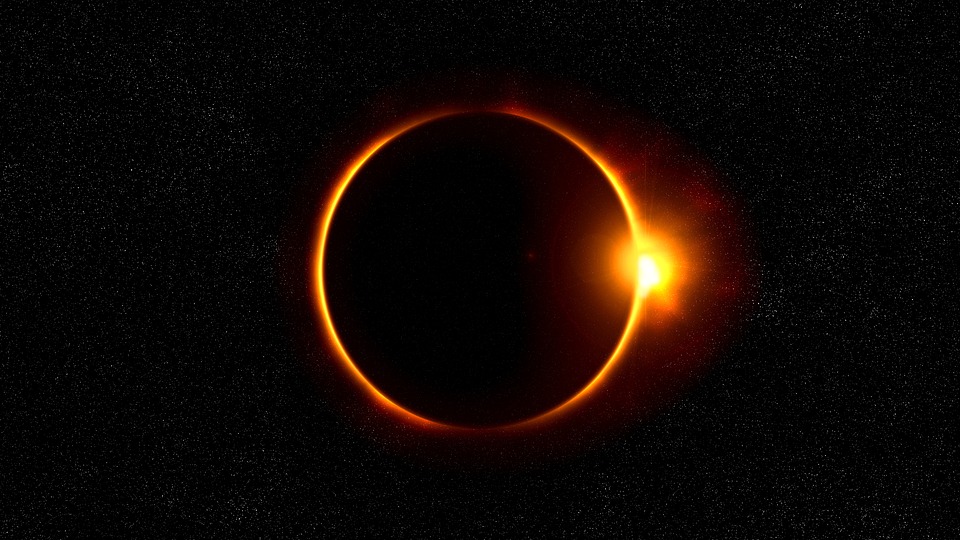



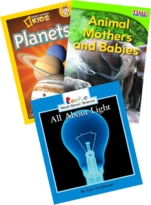
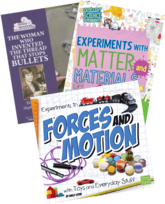
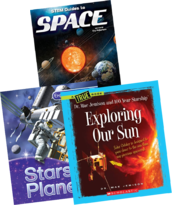
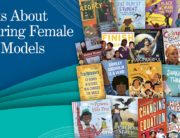
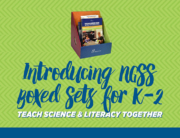


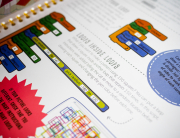
Leave A Comment